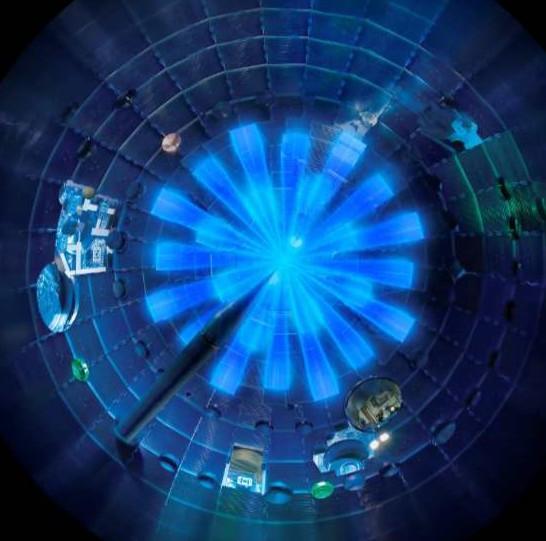
Mercury can be turned into gold, claims US startup
In a breakthrough that has left scientists and investors alike stunned, US-based startup Marathon Fusion has claimed that mercury can be turned into gold using nuclear fusion technology. According to the team, the process involves exposing one form of mercury to neutron radiation in a fusion reactor, triggering its transformation into another form that decays into stable gold.
This revolutionary discovery has far-reaching implications for the world of materials science and energy production. Imagine a future where gold, one of the most valuable and sought-after metals on the planet, is no longer a rare and expensive commodity, but rather a byproduct of nuclear power plants. It’s a prospect that has the potential to transform entire industries and economies.
So, how does it work? In a paper published on the arXiv preprint server, the Marathon Fusion team explains that the process begins with the use of a fusion reactor, which is designed to achieve the same reaction that powers the sun – the fusion of atomic nuclei. In this case, the team uses a specific form of mercury, known as mercury-196, which is exposed to neutron radiation within the reactor.
The neutron radiation causes the mercury-196 to transform into a different form, known as mercury-197. This new form of mercury is unstable and has a half-life of just 64 hours. However, as it decays, it releases energetic particles that can be captured and converted into stable gold atoms.
The team estimates that a fusion power plant could generate several tons of gold per gigawatt of thermal power annually. To put this into perspective, a typical nuclear power plant generates around 1-2 gigawatts of thermal power. This means that a single power plant could potentially produce tens of tons of gold per year.
The implications of this technology are vast and varied. In the world of energy production, the ability to generate gold as a byproduct of nuclear power could revolutionize the way we think about energy generation. No longer would we be reliant on expensive and polluting methods of extracting gold from the earth. Instead, we could harness the power of nuclear fusion to produce this valuable metal.
In the world of materials science, the ability to transform mercury into gold could open up new possibilities for the creation of advanced materials. Gold is a highly sought-after metal due to its unique properties, including its high conductivity, ductility, and resistance to corrosion. By having a reliable source of gold, scientists could create new materials with unique properties that could be used in a wide range of applications, from electronics to medicine.
Of course, there are also potential challenges and risks associated with this technology. One of the biggest concerns is the potential environmental impact of producing large quantities of gold. Gold mining is a significant source of environmental pollution, and the use of nuclear fusion to produce gold could potentially exacerbate these problems.
Another concern is the potential for the technology to be used for nefarious purposes. The ability to produce gold on a large scale could potentially be used to fund terrorist organizations or other illicit activities.
Despite these challenges, the Marathon Fusion team is confident that their technology has the potential to transform the world. In a statement, the team’s CEO said, “We believe that our technology has the potential to revolutionize the way we think about energy generation and materials production. We are excited to continue working towards the development of this technology and to explore its many potential applications.”
As the world waits with bated breath to see how this technology will be developed and implemented, one thing is clear – the discovery of a way to turn mercury into gold has the potential to be one of the most significant breakthroughs of the 21st century.
Source:
Marathon Fusion. (2025). Mercury-to-Gold Transmutation via Neutron-Induced Nuclear Reactions. arXiv preprint arXiv:2507.13461.






